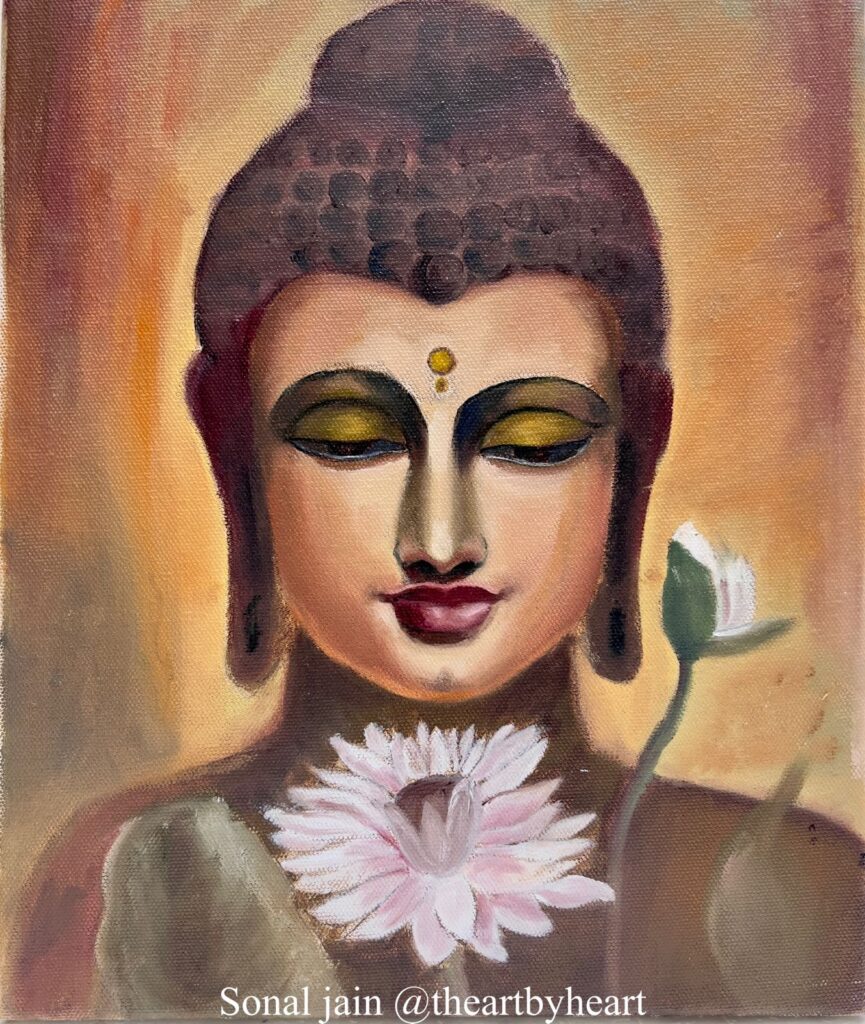The relationship between art and spirituality has a long history that dates back to ancient times. Throughout various cultures and civilizations, art has been used as a means to express and explore spiritual ideas, beliefs, and experiences. Abstract art, in particular, has played a unique role in this relationship, as it challenges traditional representations and opens up new possibilities for spiritual expression.
Abstract art emerged in the late 19th and early 20th centuries, moving away from realistic depictions and embracing a more non-representational and non-objective approach. Artists like Wassily Kandinsky, Kazimir Malevich, and Piet Mondrian were pioneers in this movement, and they often attributed spiritual motivations to their work. They believed that abstract art could tap into deeper human emotions, universal symbols, and spiritual realms beyond the material world.
The connection between abstract art and spirituality can be understood in the following ways:
- Transcendence and Inner Expression: Abstract art is often seen as a gateway to transcendental experiences. Artists may use non-representational forms, colors, and compositions to convey their inner emotions, meditative states, and spiritual journeys. The viewer, in turn, can also engage in a contemplative experience, exploring their own emotions and thoughts through the artwork.
- Symbolism and Sacred Geometry: Abstract art can incorporate symbolic elements, sacred geometry, and archetypal patterns that hold spiritual significance across cultures. These symbols can evoke feelings of the divine, the infinite, or the interconnectedness of all things.
- Mystical Experience: Some abstract artists aim to create a sense of mystery and evoke spiritual or mystical experiences in their audience. By presenting forms that are open to interpretation, viewers may find themselves contemplating the unknown and the transcendent.
- Beyond the Material World: Abstract art challenges the limitations of the material world, inviting viewers to look beyond the surface and question the nature of reality. This exploration aligns with spiritual pursuits that seek to understand the deeper meaning of existence.
- Art as a Spiritual Practice: For some artists, creating abstract art is itself a form of spiritual practice. The act of painting or sculpting becomes a meditative process, allowing the artist to connect with their inner self and the larger spiritual dimensions.
- Connection with Universe: Abstract art often aims to communicate at universal level, transcending language and cultural barriers. In this way, it can be a tool for expressing shared spiritual experiences and human emotions that unite people across different backgrounds.
However, it’s important to note that not all abstract art is explicitly spiritual, and artists may approach their work from various perspectives, including purely aesthetic or conceptual motivations. The interpretation of abstract art, as with any form of art, is subjective, and individuals may find different spiritual or personal meanings within the same piece.
Abstract art has had a profound impact on the exploration and expression of spirituality in art. Its open-ended and evocative nature allows both artists and viewers to delve into the realms of the spiritual, offering a unique and diverse range of experiences and interpretations.
